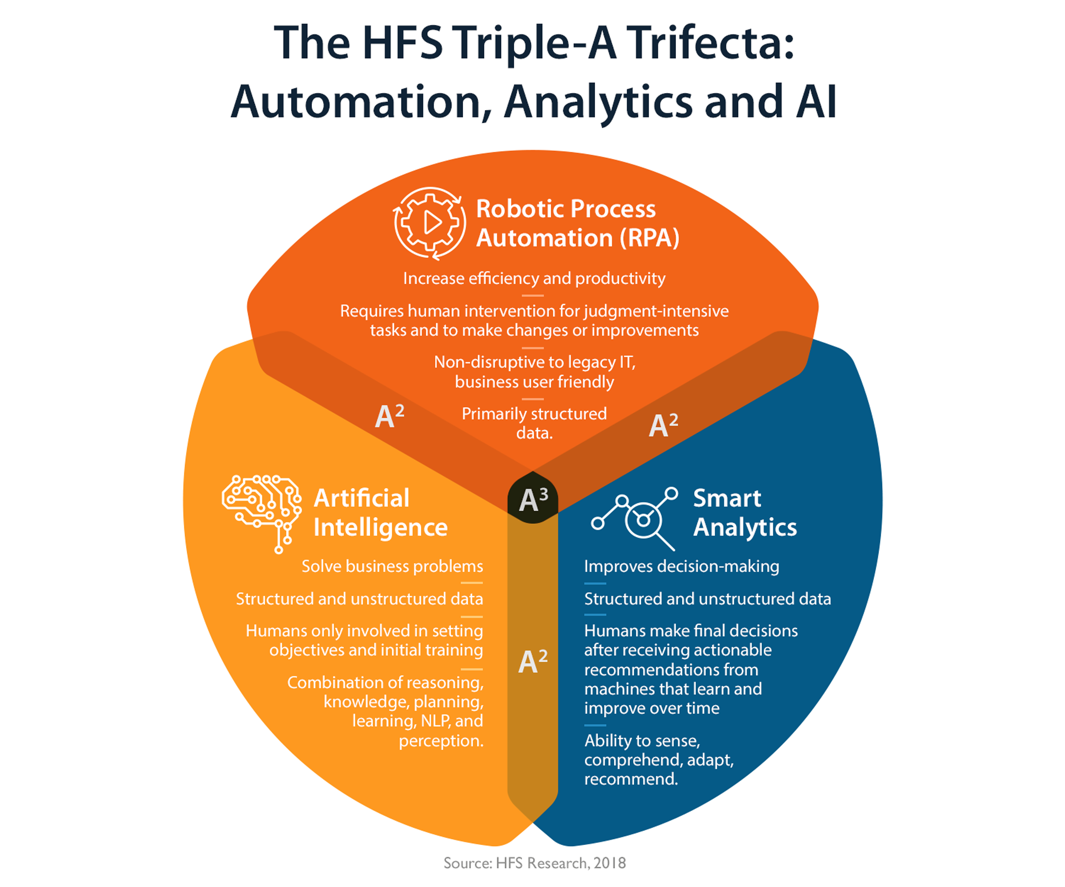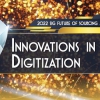“How do we bring the ‘Amazon effect’ into our organization?” many executives ask. Amazon is changing how consumers view the world; procurement professionals cannot afford to ignore consumers’ perceptions of how simple business-to-business (B2B) interactions should now be. In our Procurement As-a-Service Blueprint, we use the term ‘Amazon-effect’ to describe a move to simple, seamless, digital buying experiences, with procurement becoming more user-focused, driven by more technology and changed user expectations.
‘Amazonification’ is one of the five driving forces in the transformation of procurement:
- ‘Amazonification’ driven by the “Triple-A Trifecta” of automation, artificial intelligence (AI) and analytics
- Cloud-based platforms
- Partnership ecosystems
- Sourcing and category management talent
- Blockchain or distributed ledger technologies (DLT)
Amazon has created a de-facto standard for purchasing experiences: simple, easy and accommodating to the user. Many people wonder why buying at work should be so different from buying as a consumer. Amazon’s behavioural algorithm-based recommendations and simple evaluating criteria have reshaped requisitioning processes.
Digital commerce provides the consumer not only with a plethora of choices, but also with the ability to conduct background research before making a buying decision. Information sources that consumers use daily in their buying processes are typically reviews, product-focused websites and social media.
In enterprises, procurement is no longer so focused on the requisitioning of contracted products
or services. Constantly updating the array of product and service options available to buyers has now
become part of the brief. The problem is, most procurement functions have not yet adapted to these new expectations.
‘Amazonification’ drives the improved buyer experience imperative and better applications of technology in sourcing and procurement
The Amazonification of procurement: the move to simple, seamless, digital buying experiences
Procurement functions and service providers are challenged to follow suit and harness the power of the digital procurement experience to accommodate changing buying behaviour and meet consumer expectations. Efforts to create Amazon-like experiences by providers include:
- Creation of cognitive buying assistants using front-end technology that allows stakeholders to interact with procurement in natural language—using text, speech and images—then directs them to what they need within about 90 seconds.
- Introduction of intuitive catalogues (including punch-outs), comprehensive search capabilities, shopping carts and all the convenient consumer shopping features with which buyers are familiar, delivered on one platform.
- Employment of AI advisors (cognitive computing applications) such as a procurement market intelligence advisor to perform primary and secondary market research on suppliers and categories and prepare holistic reports.
- Implementation of chatbots to ensure that at any stage of the process, the user can receive help quickly and be direct to the most optimal outcome. Interesting examples include Amazon’s Alexa on the Echo platform, which allows users to talk to the device and interact with the conversational AI. Chat-bots or virtual procurement agents will be tasked to guide the sourcing process.
How artificial intelligence, automation and analytics have reinvented B2B procurement services
Procurement services have undergone a significant transformation over the last decade. Increasing competition, tight margins and a growing demand for agility and flexibility in the delivery of services have changed the dynamics of the market and the characteristics of services that cater to the ever-changing needs of buyers. These needs are continuously morphing, driven by a new set of expectations displayed by the customers of procurement functions: the internal stakeholders. The new tools in the toolkits of procurement and service providers are artificial intelligence, automation and analytics. These technologies are revolutionizing how vendors and buyers interact with each other enabled
by technology.
HFS’ Triple-A Trifecta (Exhibit 1) is a helpful framework in which to think about the different clusters of technologies central to the ‘Amazonification’ of procurement. To automate most processes, use smart analytics to identify patterns and support decision-making; infuse this with AI to learn about behaviour, then create intelligent interfaces and support users with recommendations and actions.

Exhibit 1: The HFS Triple-A Trifecta: automation, analytics, and AI
Case in Point: Amazon digitises procurement Amazon is building a system that will automatically solicit bids, evaluate responses and generate contracts. Data input and classification will become much more advanced when the intelligent system executes transactions independently. Such an advancement in technology—that automates significant portions of processes traditionally performed by people—underscores the need for procurement professionals to reinvent and reorient their own roles in the sourcing and procurement value chain. New technologies are taking over and reducing human intervention, with humans solving the hardest and rarest exceptions in the processes.
Our research uncovered some promising use cases and investment areas that service providers are exploring currently in the realm of ‘Amazonification’ of procurement. Four more detailed use cases can be found in the original article on the HFS website.
The bottom line: Your future as a procurement executive depends on your ability to embrace Amazonification
Whether you like it or not, you have been forced to leave your procurement comfort zone. The advent of digital technologies is making procurement a more simple, real-time and data rich experience – and the role of the procurement professional is being redefined with it. The key is now to embrace these technologies and focus on making procurement a more strategic function by focusing on developing key relationships with suppliers and internal business line stakeholders.
The future of the procurement function hinges on its ability to be flexible, to modify its role, to become an enabler to the business, a broker of capabilities, and, above all, to create superior user experiences for all its stakeholders. ‘Amazonification’—driven by the Triple-A Trifecta of automation, artificial intelligence orrand smart analytics—is a critical path toward this end. It will continue to evolve and drive change, especially in companies with the economic leverage to involve suppliers to invest in, create and adopt new technologies.
Region:







